[Note: I don't consider myself an expert, just someone who loves growing edible plants and enjoys sharing what I have learned with others, as so many others have done for me.]
Have you have ever wanted to grow your own herbs, fruits, and vegetables but don’t think you have the space? Or perhaps you have the space but don’t think you have the know-how? This post on the benefits of Square Foot Gardening was written just for you! A unique growing method for anyone with access to literally any kind of outdoor space, Square Foot Gardening may just be the solution you need to make your gardening dreams a reality.
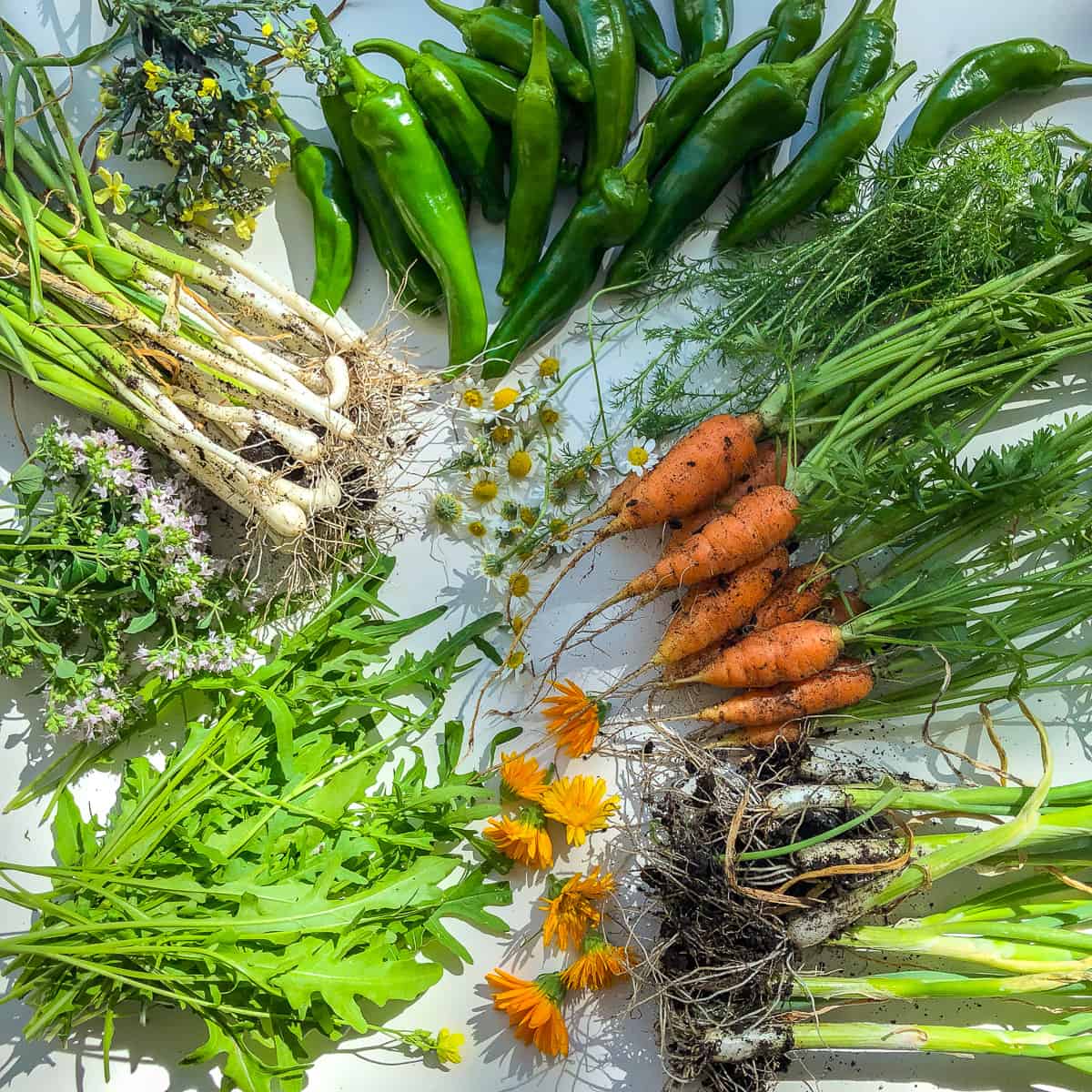
This delightful cornucopia represents just one day's harvest during the early days of my Square Foot Garden; (clockwise, starting at bottom L) arugula, flowering thyme, green onions, sprouting broccoli, shishito peppers, carrots, and baby leeks. In the centre are edible chamomile and calendula flowers.
Jump to:
- What's unique about Square Foot Gardening?
- What is Square Foot Gardening (SFG)?
- My journey
- Why choose Square Foot Gardening?
- A gardening method that is ultra adaptable
- The many benefits of Square Foot Gardening
- Interested in reading more about Square Foot Gardening?
- Favourite resources
- Curious to learn more about growing things?
What's unique about Square Foot Gardening?
From a small balcony or rooftop space, a backyard of any size, or a paved driveway, to any other kind of accessible outdoor area, Square Foot Gardening (SFG) is a highly adaptable and customizable method that can be used anywhere there is sunlight. Wherever you can place containers or raised garden beds, of any shape or size, is a spot where you can start producing your own edible plant harvests using the SFG method! No prior experience required!
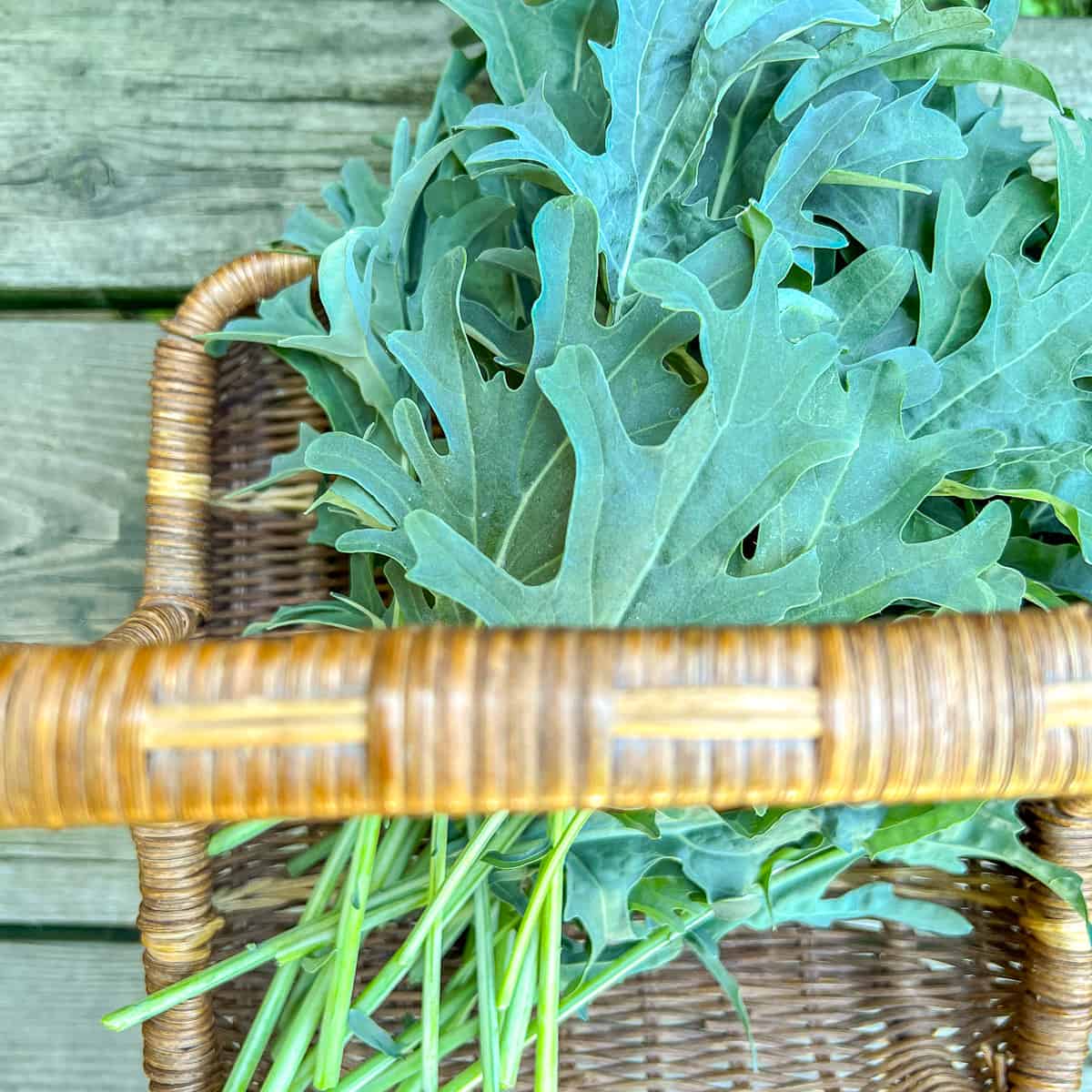
Just a few of the delights that I have harvested from my backyard SFG:
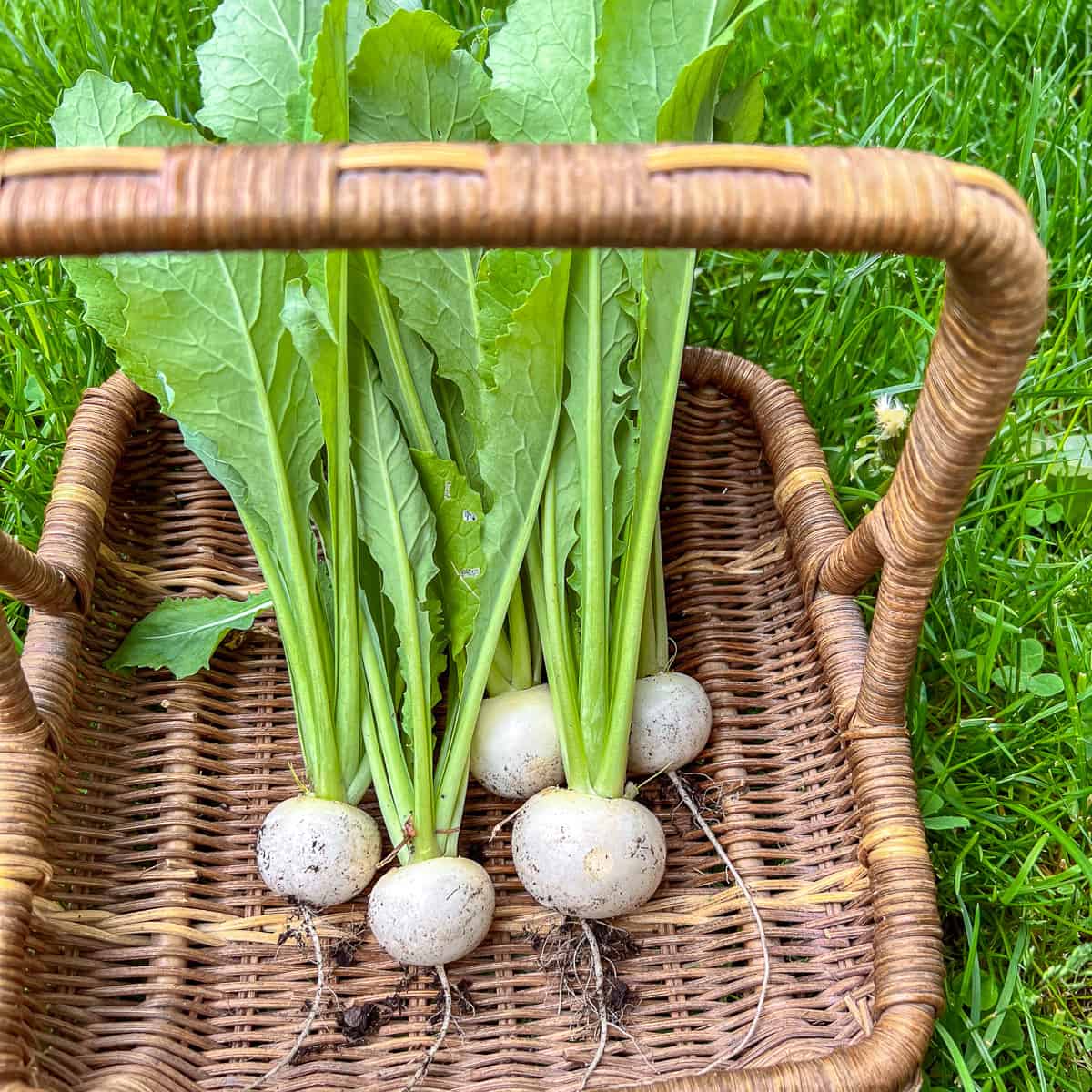
(L) an Italian green called Spigariello,
(R) Hakurei salad turnips,

golden and green snow peas,
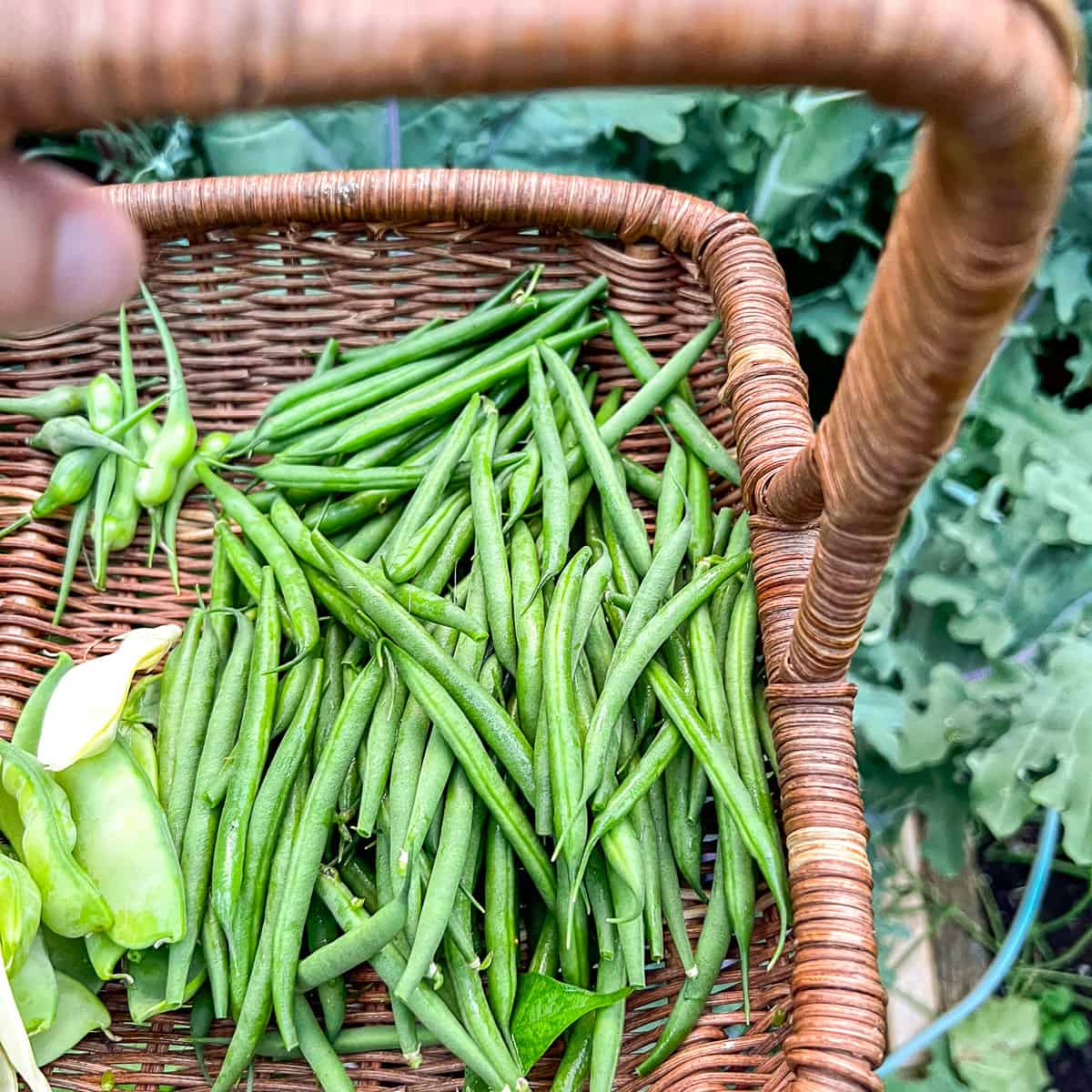
and tender Masai bush beans.
What is Square Foot Gardening (SFG)?
Especially suited to urban environments where large amounts of growing space are less available, Square Foot Gardening uses less space and less water than traditional gardening methods.
How does it do that you ask ? SFG employs a uniquely simple system that divides your growing space into square foot areas. This method allows you to plant herbs, fruits, and vegetables in varying densities, depending on the size of the plant, allowing you to maximize your harvests in whatever growing space you have.
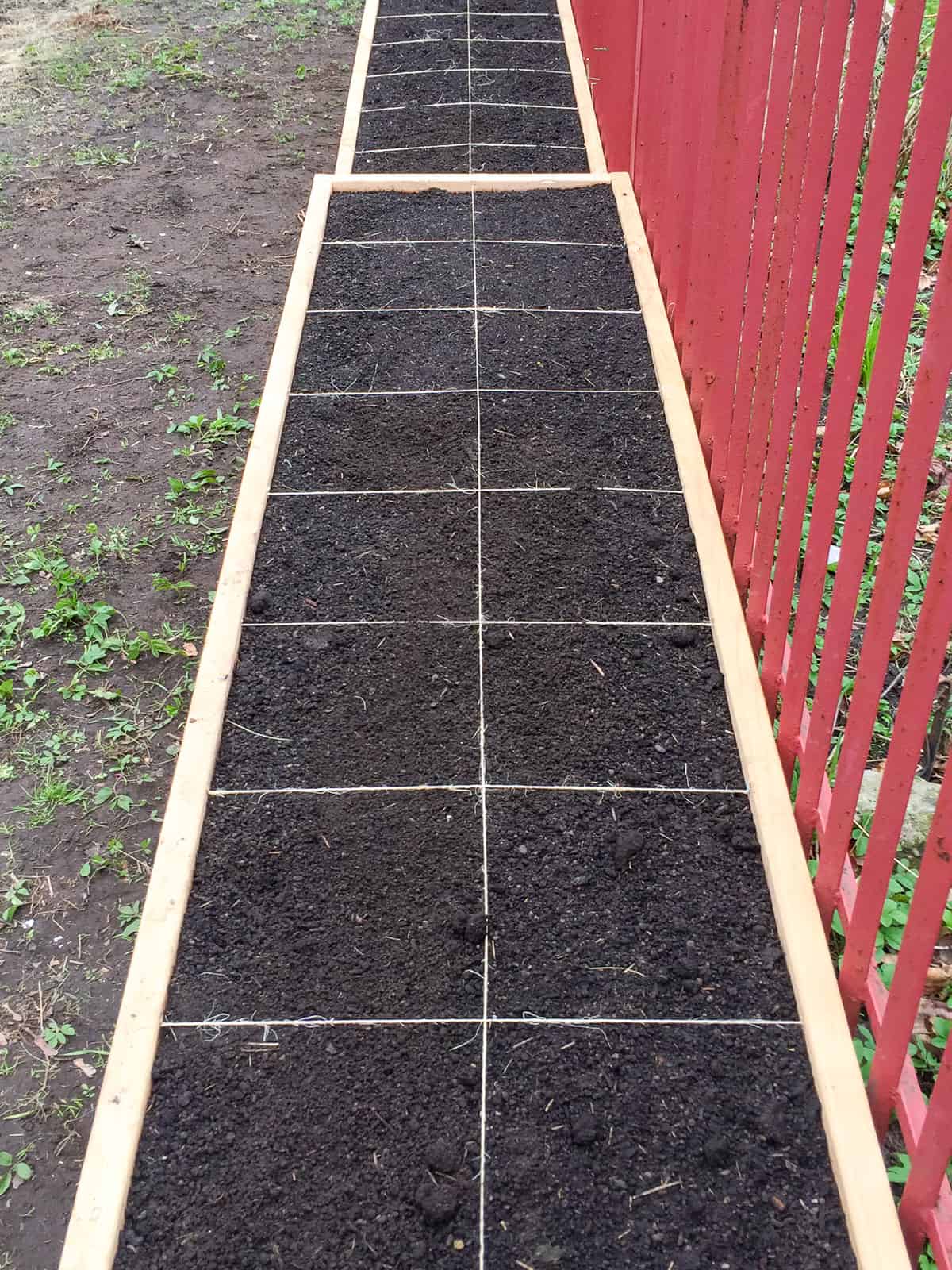
In just one season, a raised bed using the Square Foot Gardening method can go from newly filled with nutrient rich soil ...
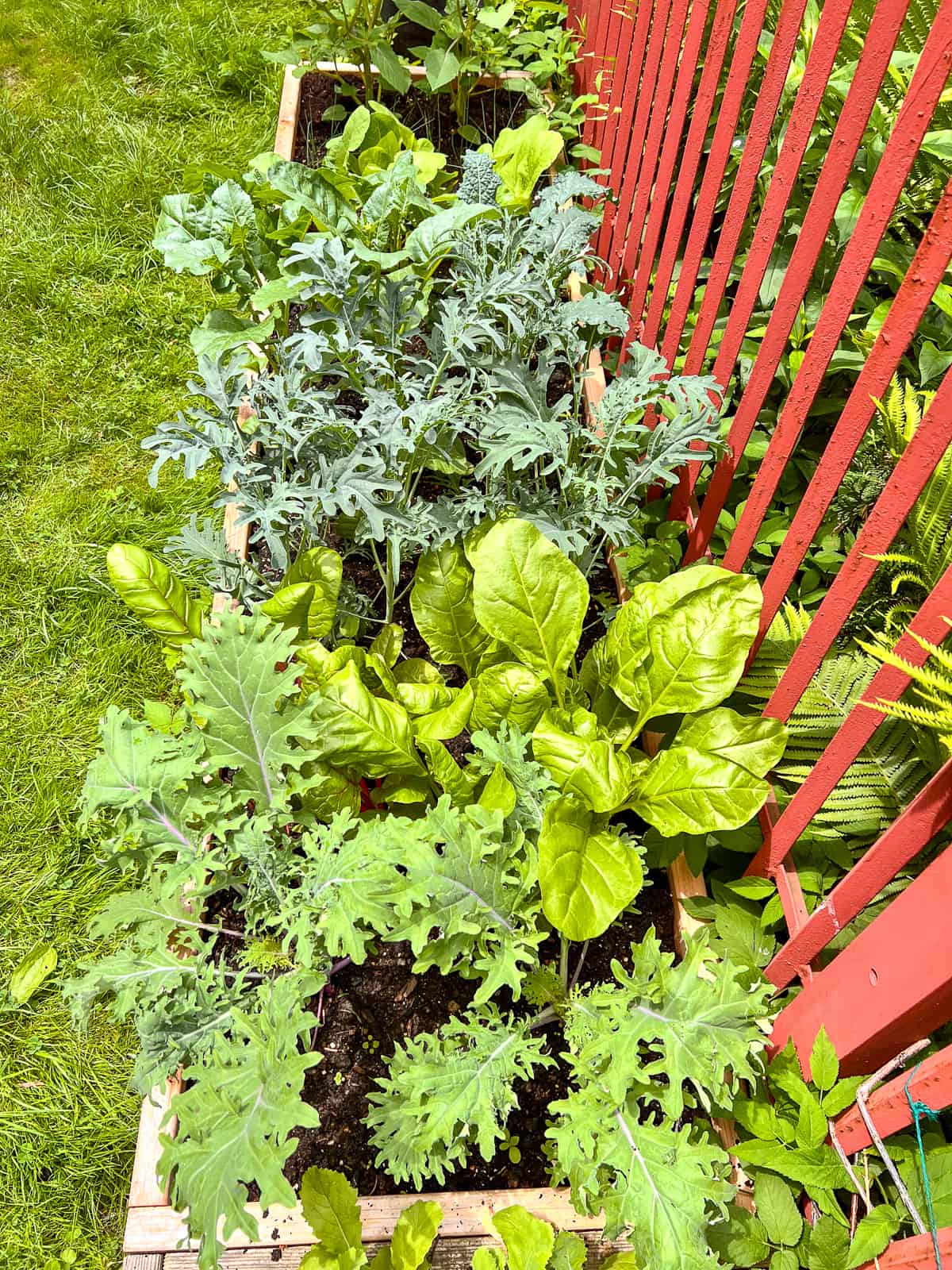
... to bursting full of edible plants, ready to be harvested and enjoyed
“[...] eating the tender, raw leaves of green plants gives us one of our closest and most profound connections to nature. And when the leaves grow in your own garden, the connection to nature is complete.”
Liana La Place "Verdura"
My journey
For many years I longed to grow my own vegetables and herbs. I craved having some small sense of self sustainability through producing my own edible plants, where I would truly know the origins and growing conditions of what I ate. I craved a deeper connection to the life cycle of growing things, and the thought of rearing seeds and seedlings into mature plants that could provide me with sustenance seemed, and still seems, like pure magic.
For most of my adult life I lived in apartments or houses with little growing space, so a mini urban farm of my own was limited to a few pots of herbs and straggly tomato seedlings. I really didn’t know much about gardening or how to best use the space that I did have. When I moved into my current home and was fortunate enough to call a small grassy backyard my own, I immediately knew that this modest expanse would allow me to fulfill my gardening desires.
However, I wasn’t the only household member who had designs on the backyard, and with a growing child and a dog sharing the yard, I couldn’t quite figure out how a small backyard and a garden big enough to grow edible plants could coexist. Then I discovered Square Foot Gardening.
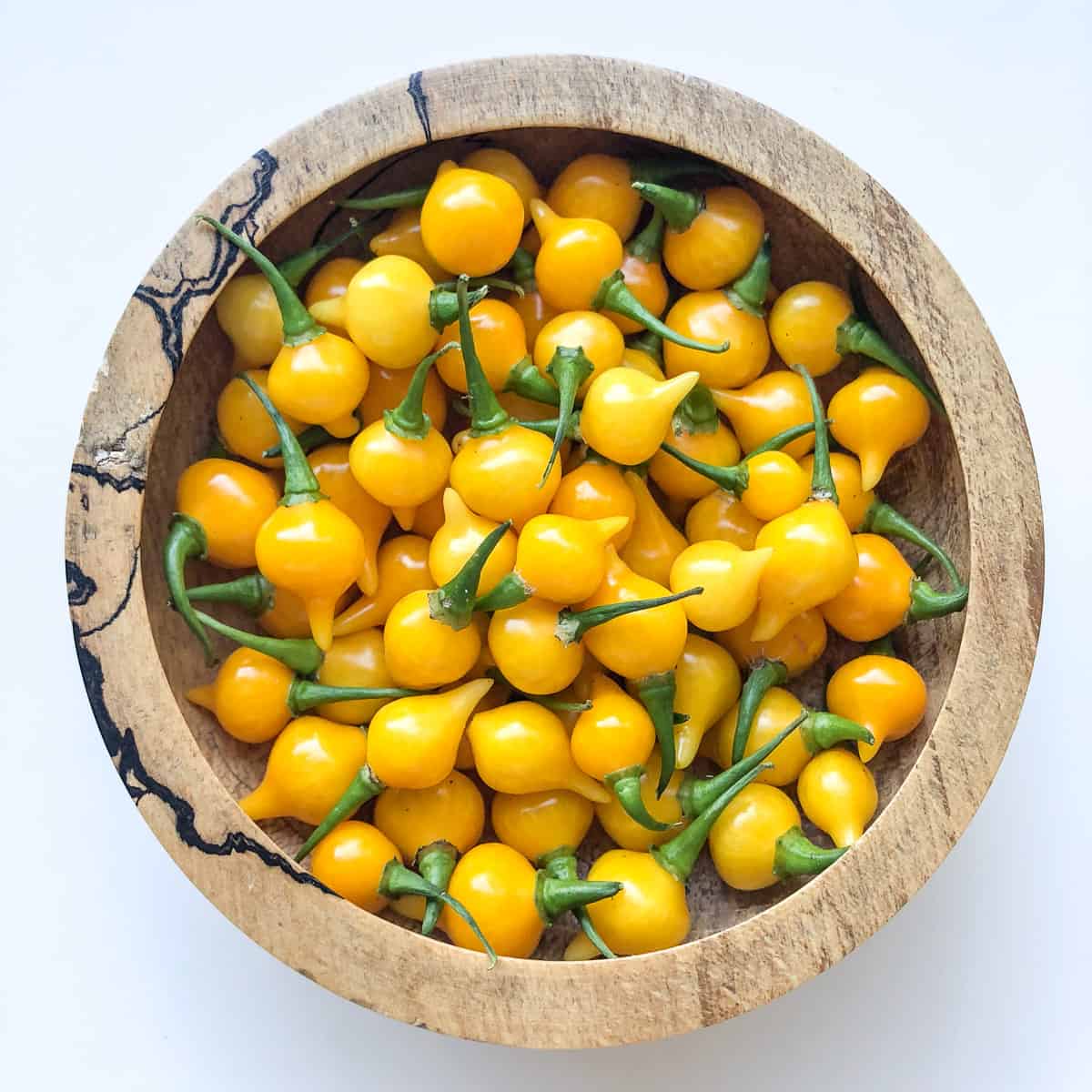
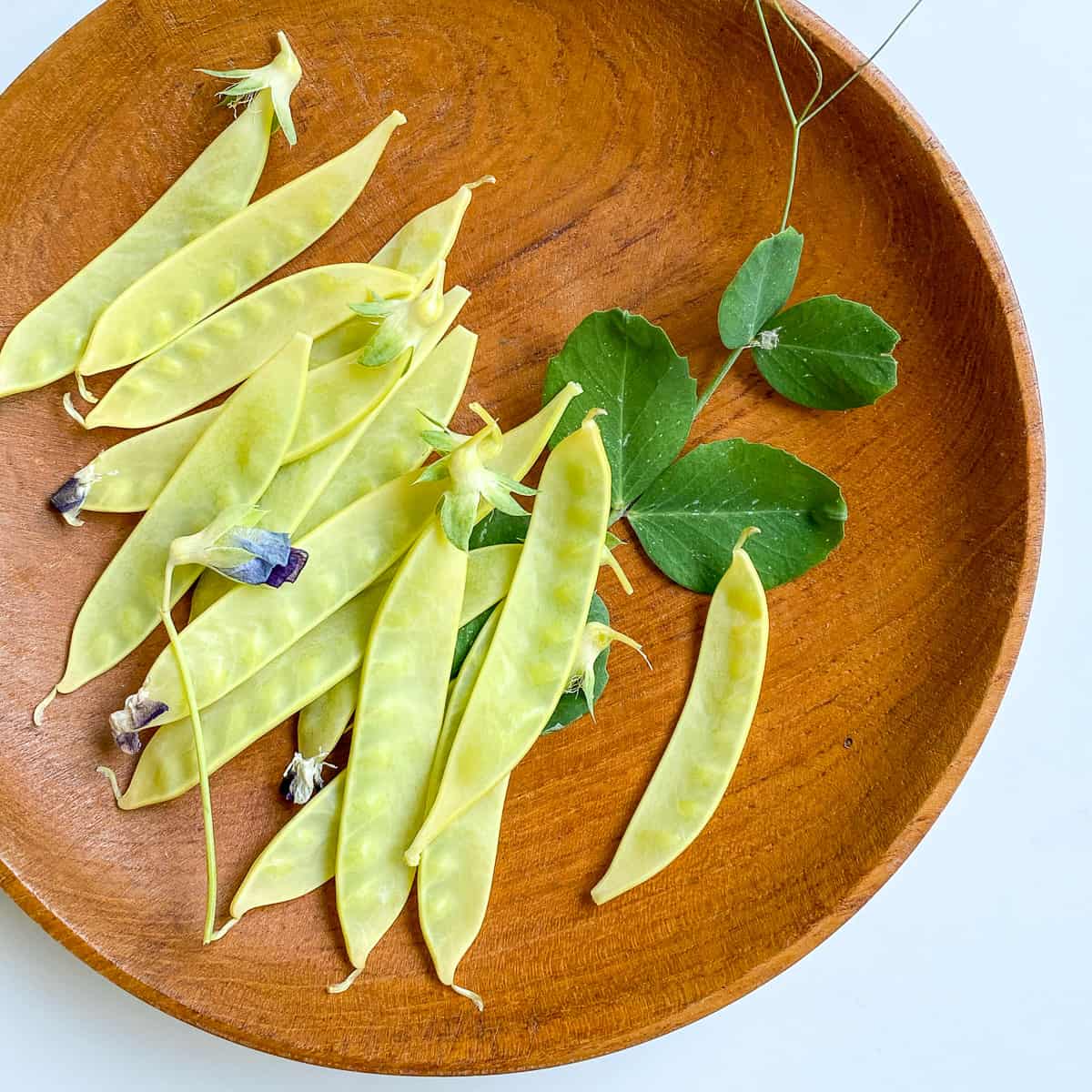
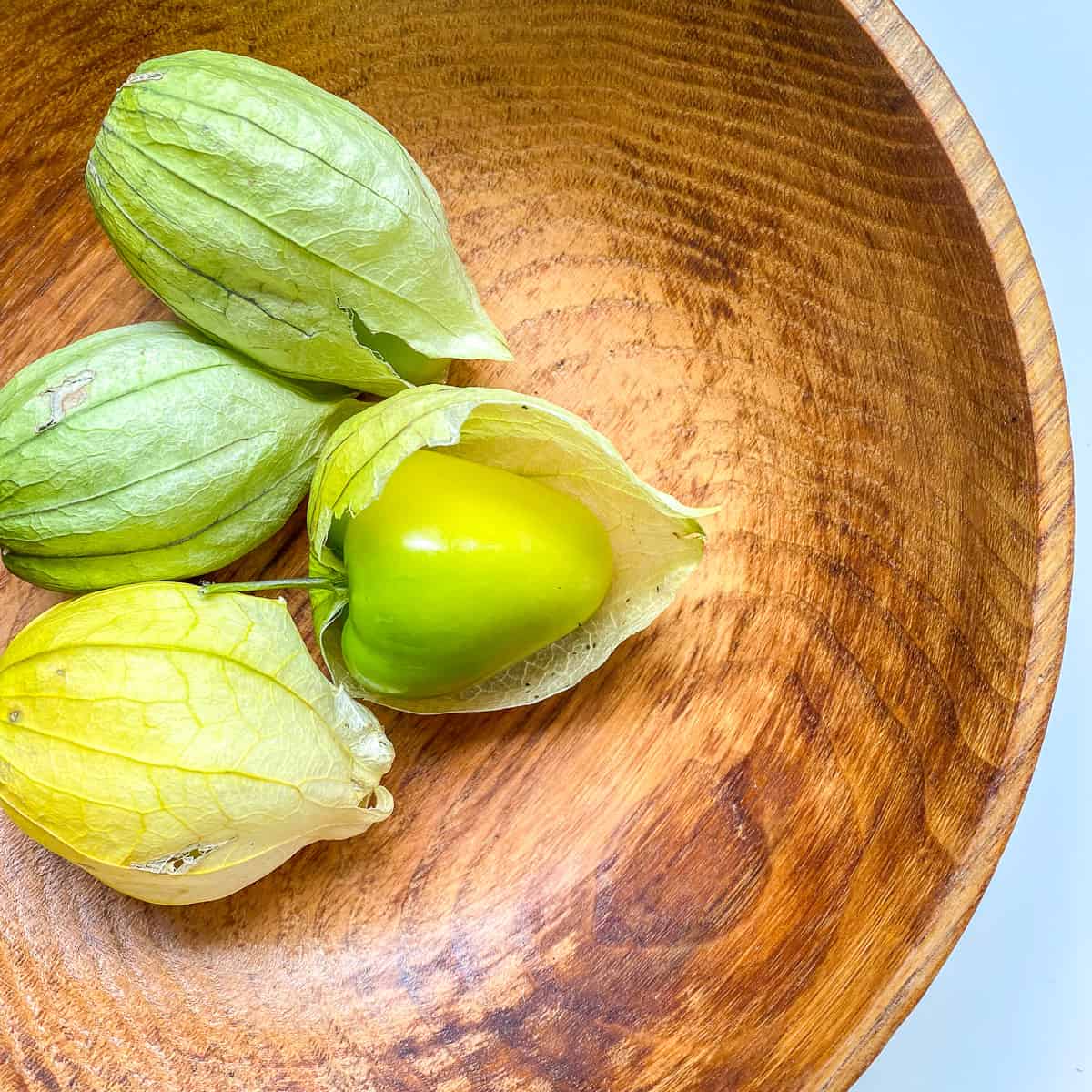
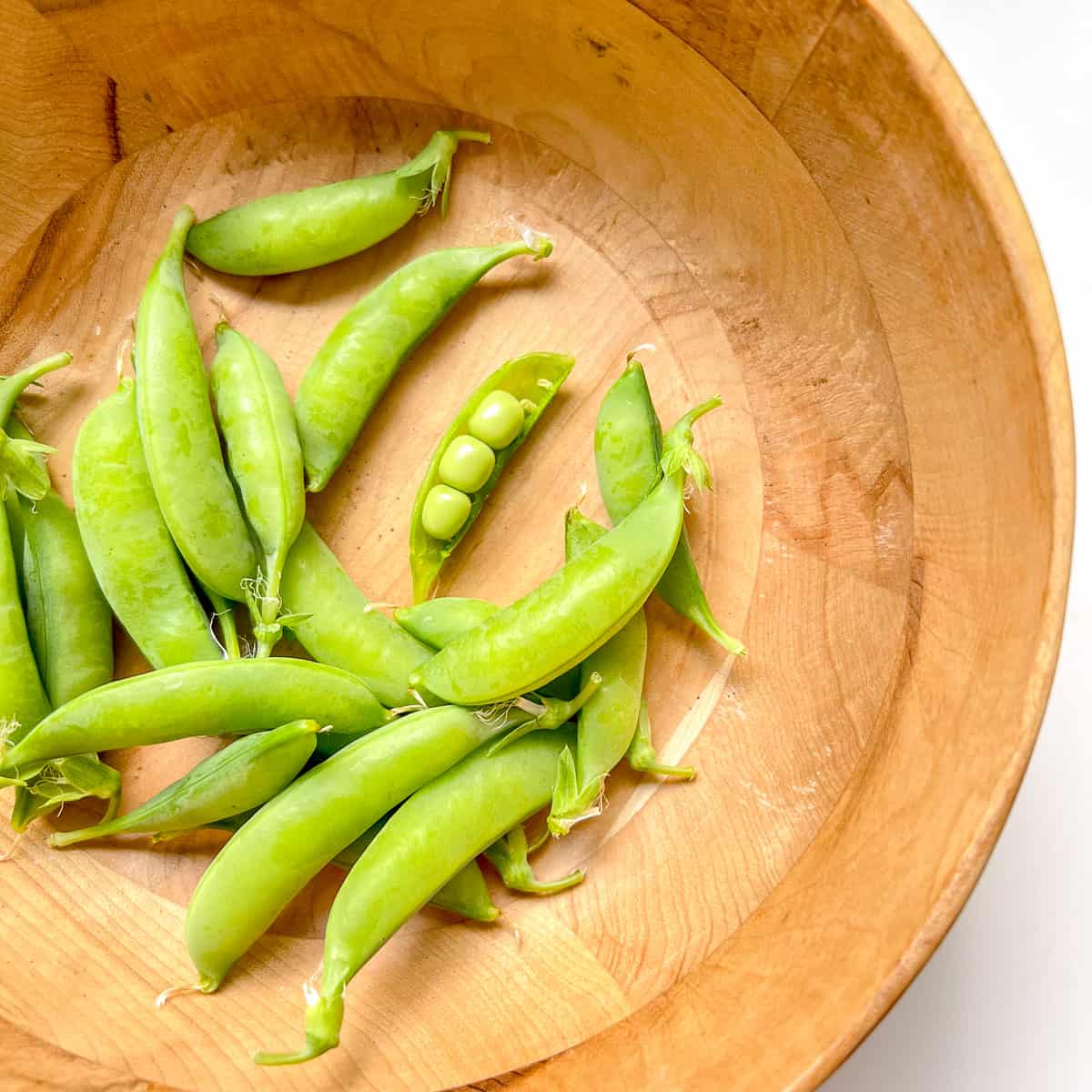
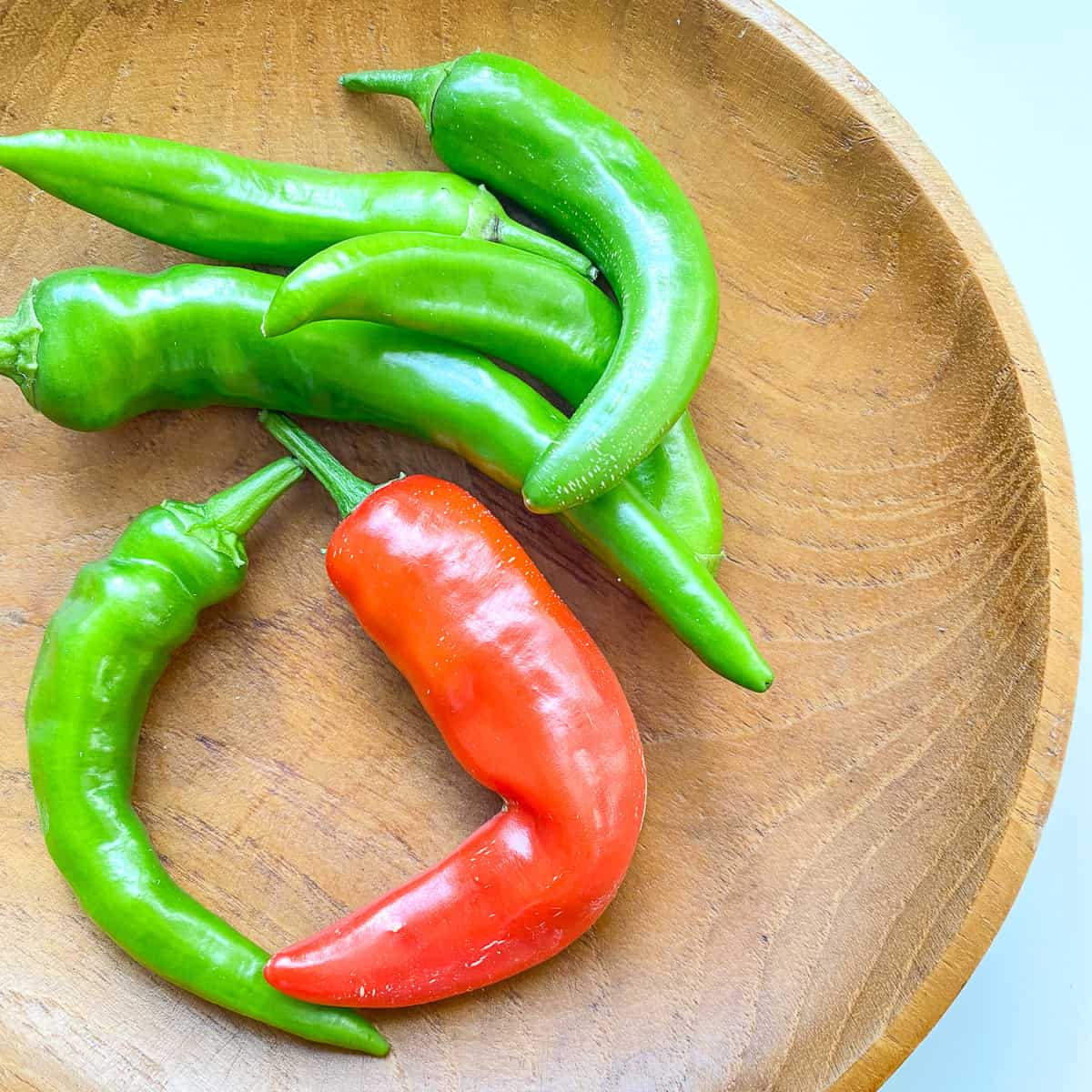
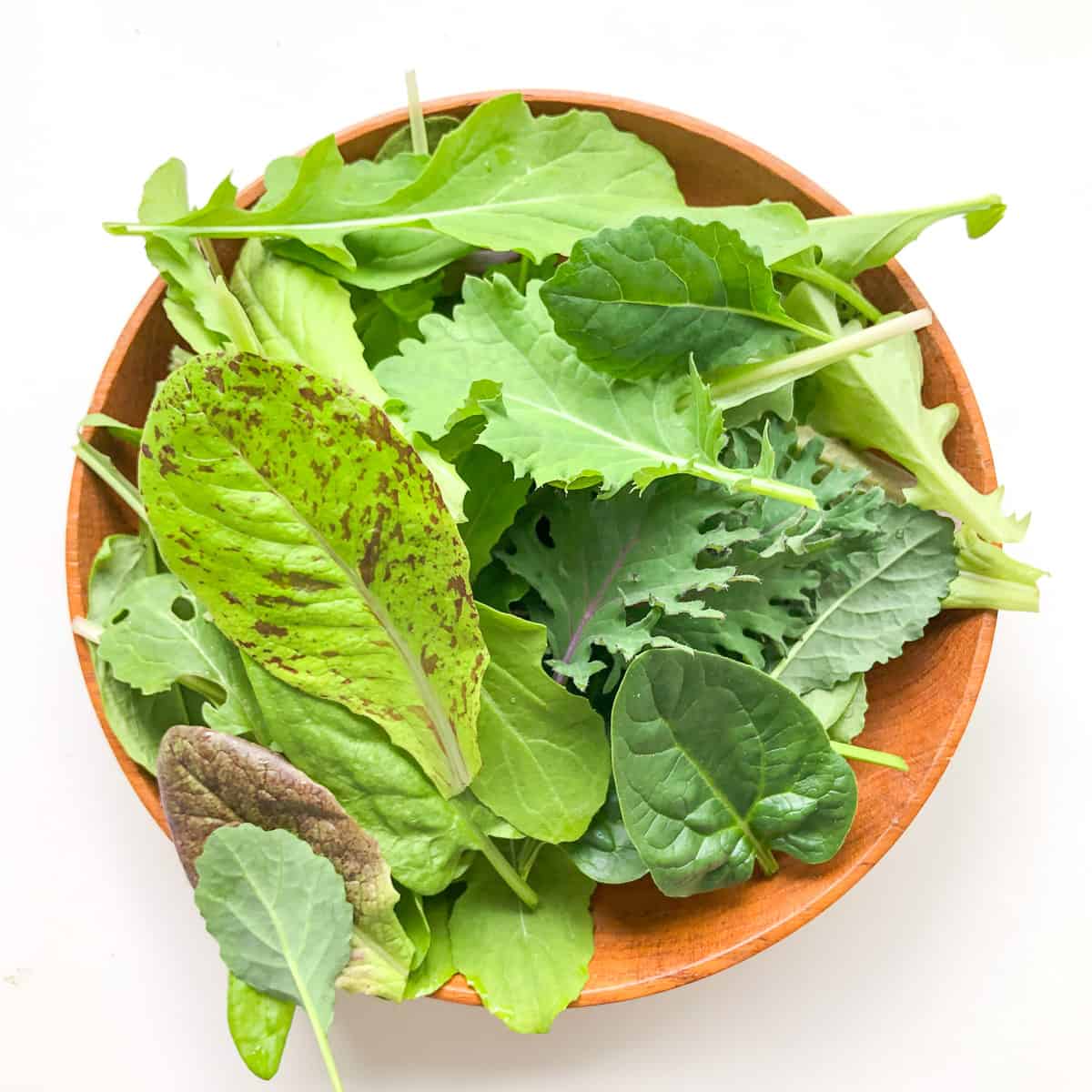
Just a few of the fruits and vegetables I have grown in my backyard garden, clockwise from top (L): boquiño peppers, golden snow peas, yellow tomatillos, baby salad greens, red and green hot peppers, and shelling peas.
Why choose Square Foot Gardening?
While there are many gardening systems out there, Square Foot Gardening is a method of intensive food growing especially suited to urban environments. Created by retired engineer Mel Bartholomew in the mid 1970’s, SFG was developed as an alternative to traditional row based planting, the kind you may have seen in farms, that takes up large amounts of space and is generally resource intensive. Mel’s admirable goal was to end world hunger by teaching novice gardeners how to grow their own food, using less land, less water, less space, and with less work than the standard farming system.
Specifically designed for raised beds or containers placed above ground level, Square Foot Gardening allows growers to produce their own food crops in a variety of locations. Square Foot Gardening allows gardening to take place in spots normally unsuitable for growing, such as on top of poor soil, on rooftops, or in abandoned lots filled with debris for example. As an added bonus, due to its flexibility, Square Foot Gardening can happen in gardening plots of any shape or size customized to suit your needs.
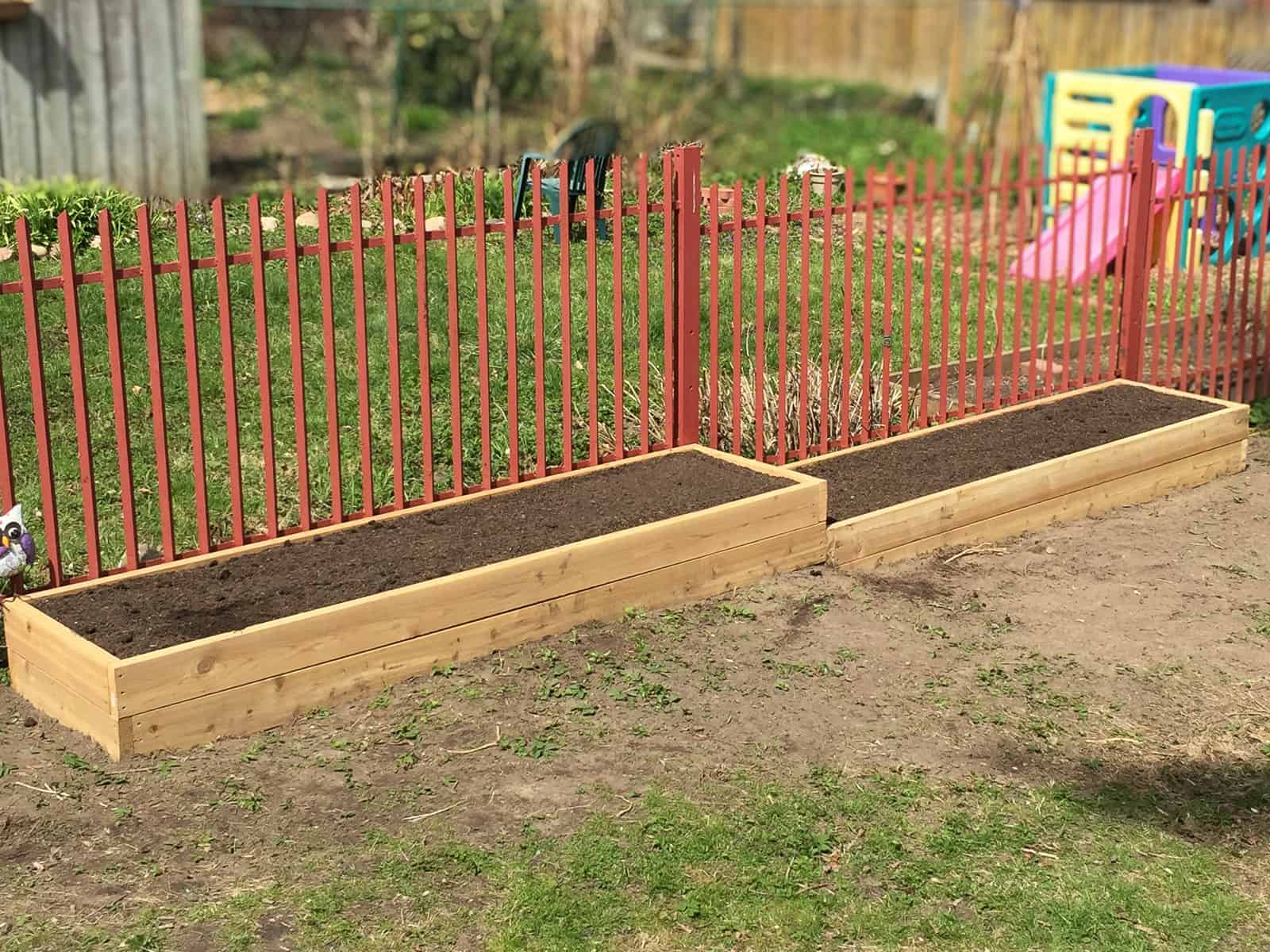
My first raised beds, newly installed and filled with a nutrient dense soil mix recommended to me by other growers.
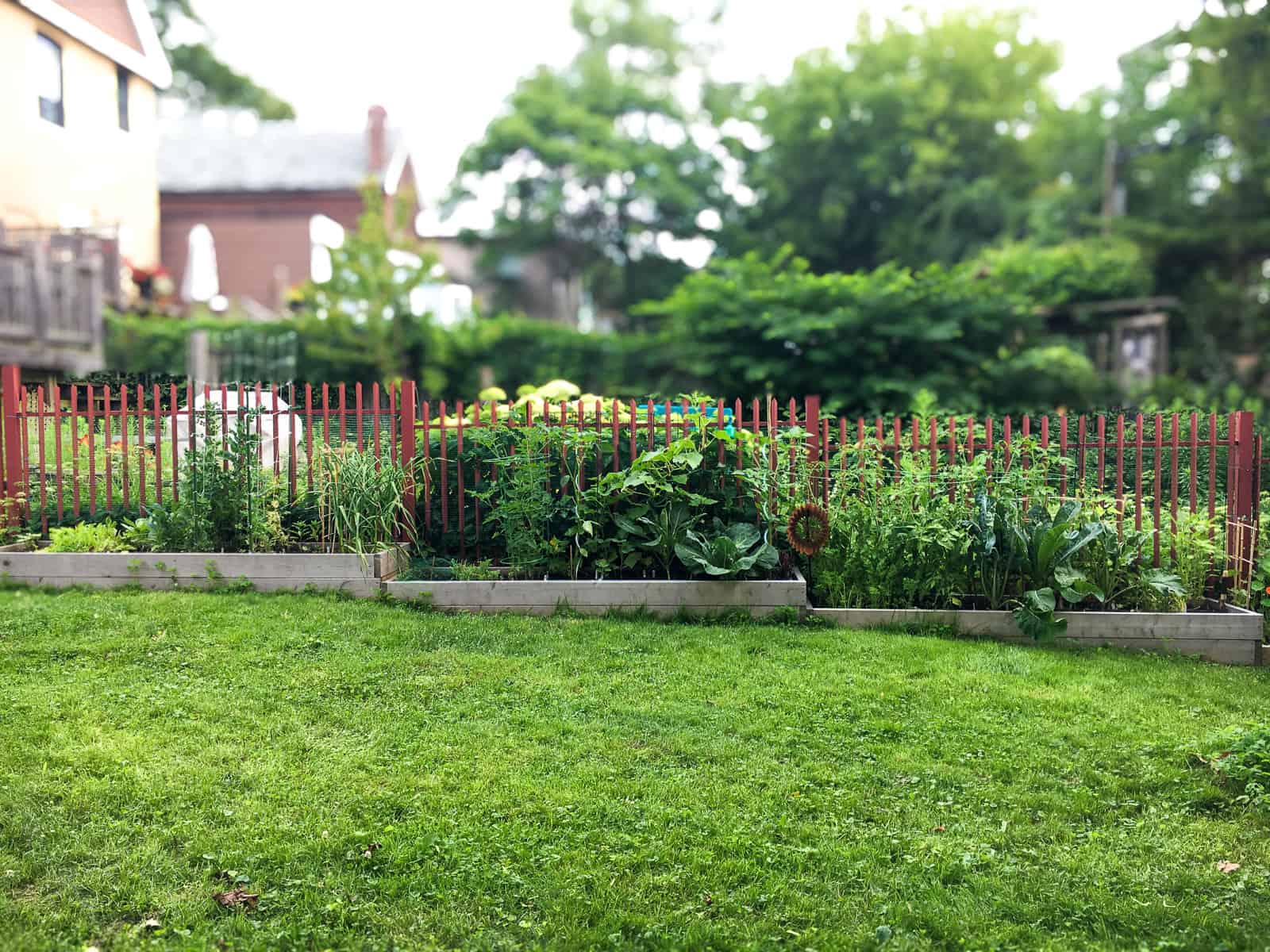
Now I have 5 beds (3 visible here), and the entire backyard has come to life as my journey has progressed.
A gardening method that is ultra adaptable
According to the Square Foot Gardening Foundation, the SFG method is estimated to cost 50% less than traditional growing methods, uses 20% less space, uses just 10% of the water, and requires only 2% of the work compared to traditional single row gardening.
Once I discovered this method, I knew it was the perfect match for my situation. SFG is perfectly suited to urban conditions, allowing the flexibility to grow in all sorts of conditions, is scalable to suit each grower’s unique needs, and is beginner friendly for novices and long term growers alike.
As an added plus, I love that it is social justice oriented and resource saving as part of its fundamental philosophy. And, if even more incentive is needed, the density of the plant growing means that weeding is far less demanding than it might otherwise be!
In addition, if you are interested in or follow other growing methods such as no-till, you can experiment and adapt those methods to work within the SFG system; win-win all around!
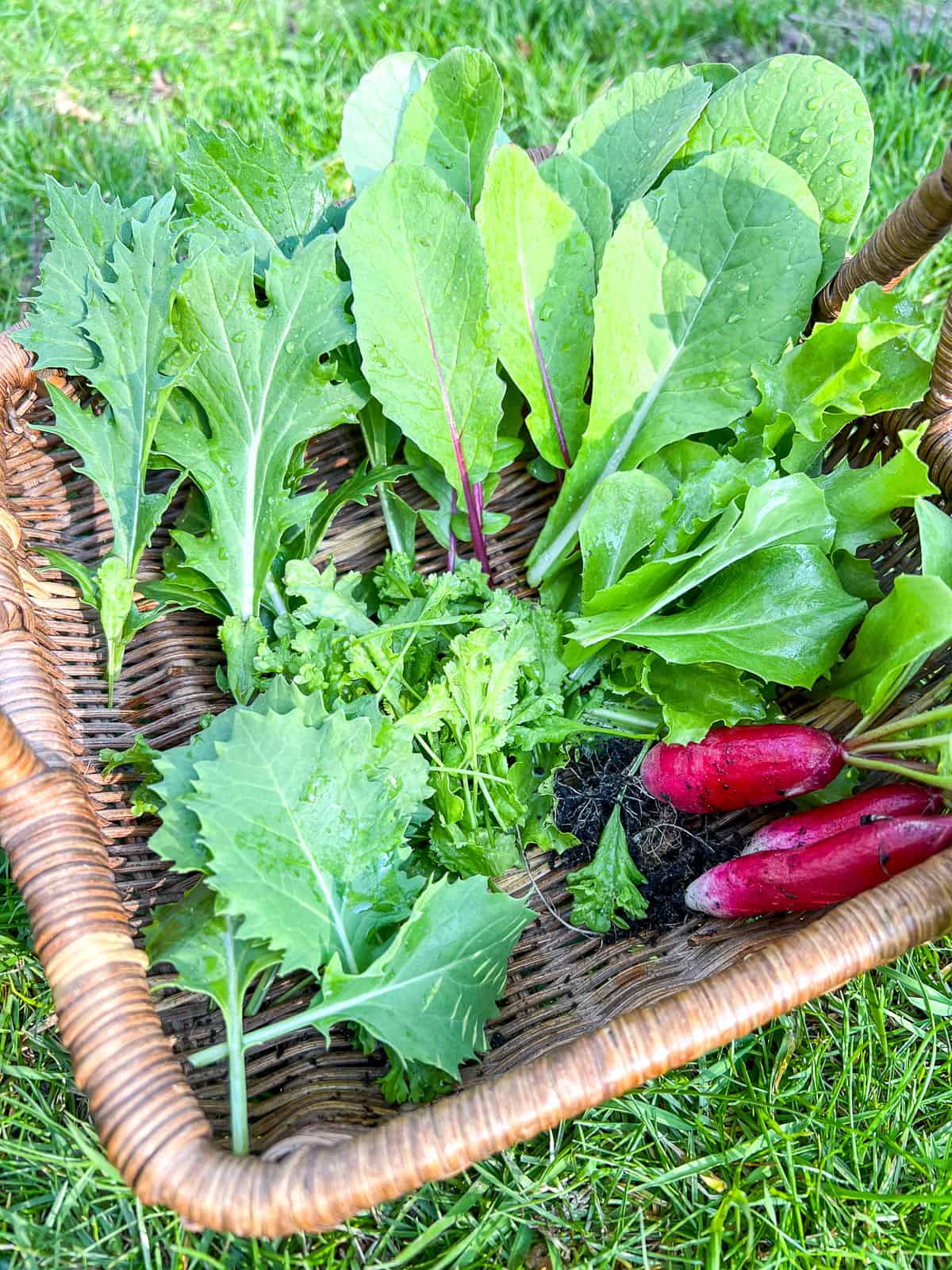
On any given day, a Square Foot Garden can cause surprise and delight; you might go out for an expected harvest of lettuce or rhubarb, only to find other surprises ready at the same time.
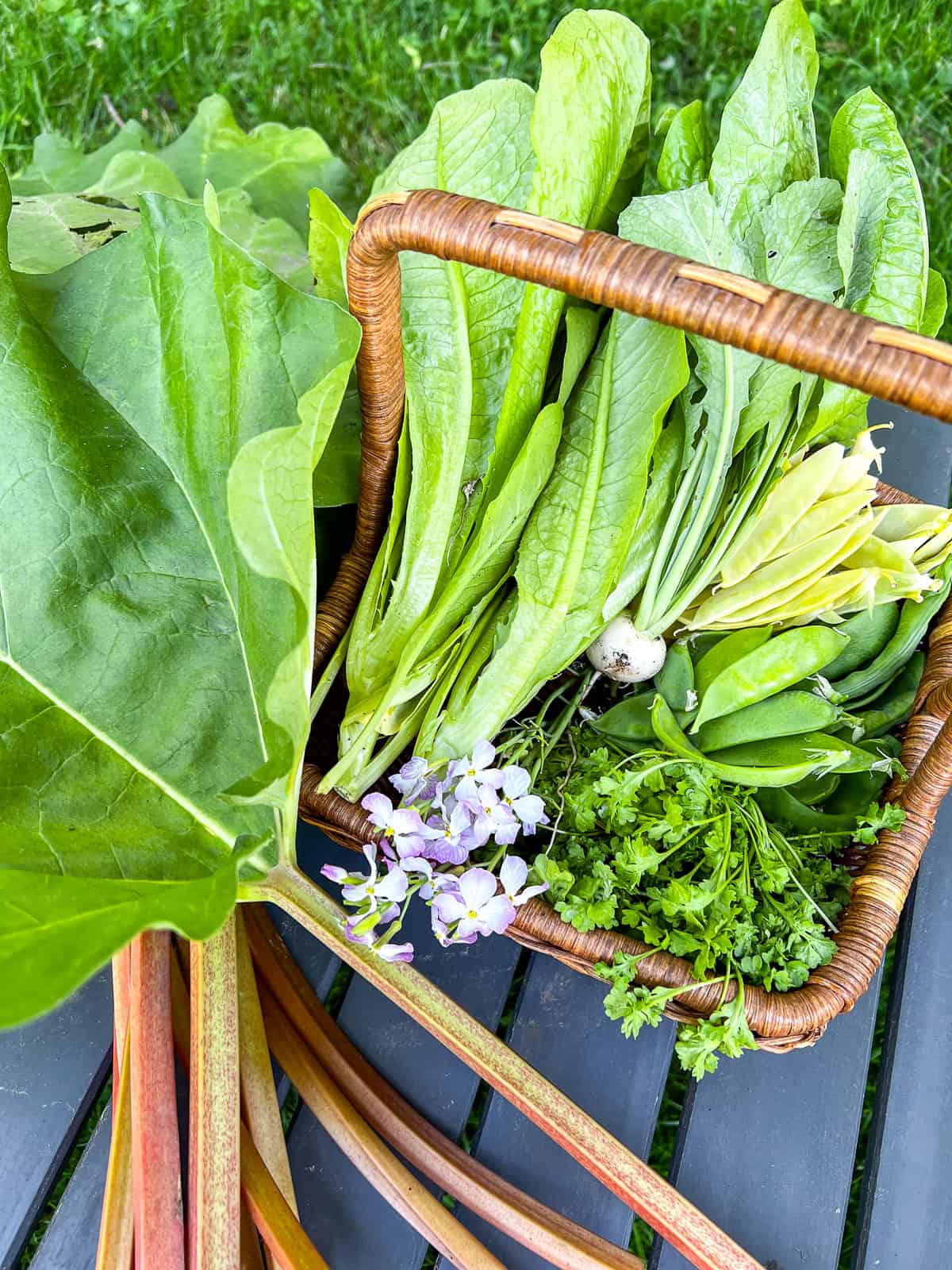
Handfuls of greens, peas, radishes, cress, flowers, and all manner of other vegetables, fruit, flowers, and seeds can come out of the garden all at once, usually in perfectly useful amounts
The many benefits of Square Foot Gardening
The benefits of using the Square Foot Gardening method in your own growing space extends far beyond the actual harvests. While mounds of fresh vegetables, fruit, herbs, flowers, and even seeds, picked moments before you eat or store them, provide nourishment, pleasure, and delight, I have found that gardening provides so much more than just the edible.
Building confidence while you garden
SFG is an approachable gardening method for less experienced gardeners, and a great way to gain confidence in your own gardening skills that you can then share with others. I’ve given garden tours to friends to inspire them to get started, and helped neighbours begin their own version of SFG using my own garden as a way to visualize the growing system.
While starting a food garden of any kind can potentially feel daunting, the SFG system, because it is so easy to understand and follow, gave me an early sense of success, which in turn built my confidence and gave me the encouragement keep pursuing my journey growing things.
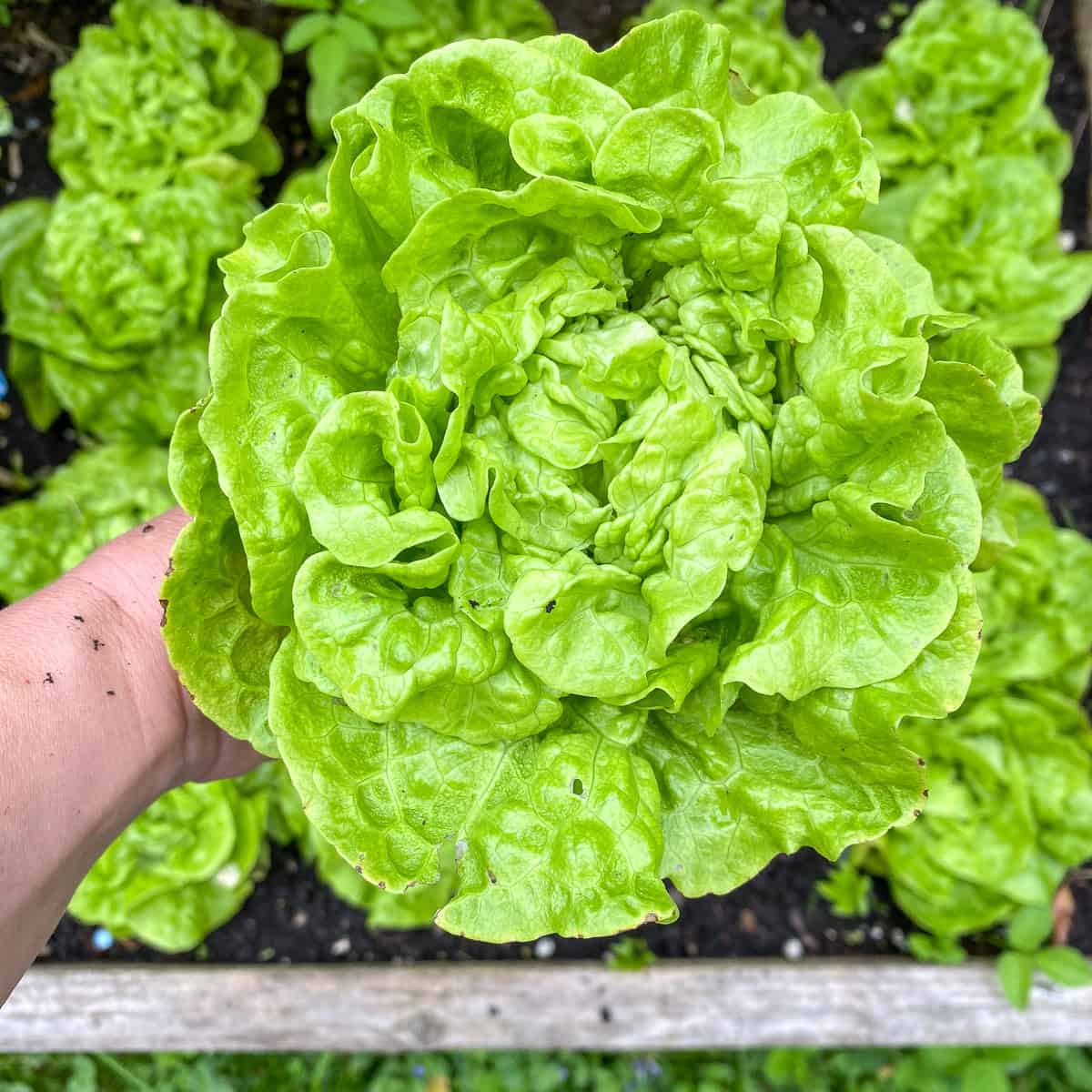
Even the first growing season of a new SFG can reward you with successful edible harvests.
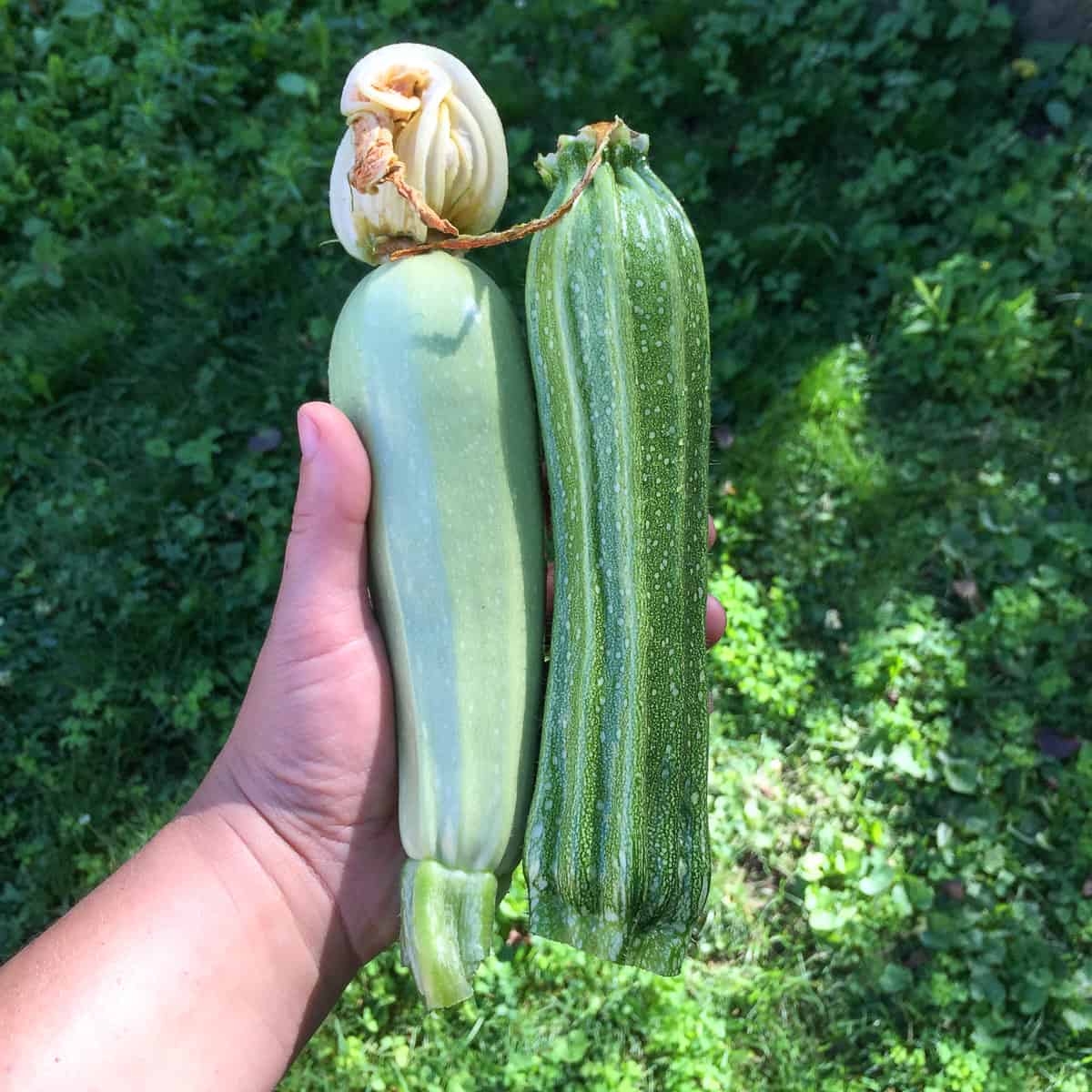
It is truly exulting to harvest just picked lettuces and summer squashes, amongst many other edible delights.
Providing opportunities for children and families
SFG provides a great opportunity to successfully involve children in the act of rearing plants, allowing them to see how different types of food crops are grown, and to become familiar with a wider variety of edible plants. My own son, having helped me in the garden since early childhood, loves to casually pluck a small tomato, sprig of herbs, radish, or snap pea, and pop it directly into his mouth as he wanders by. He especially loves to give tasting tours of the garden, watching with delight at the surprised faces made by unexpecting eaters of sour lemony sorrel, or the delight caused when a fragrant sprig of tulsi basil or shiso leaf is nibbled.
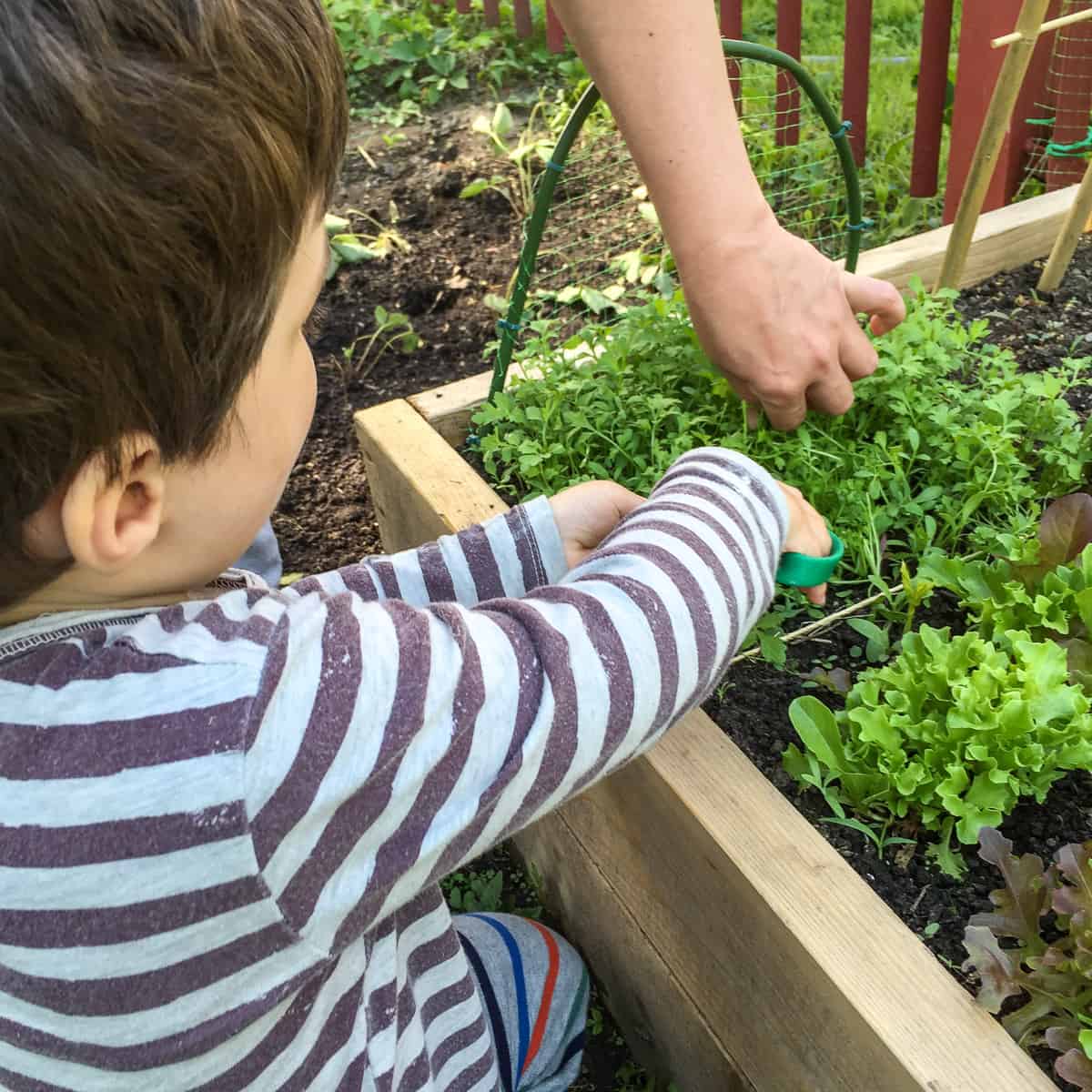


From cutting cress, showing of a picking of beans ,or celebrating a first harvest of rhubarb, my son is especially eager to help out around the garden during harvesting times.
Increasing feelings of wellbeing
Gardeners have long associated feelings of wellbeing from working in their gardens, and scientists have documented how mycobacterium found in soil can improve brain functions and boost mood enhancing brain chemicals such as serotonin. I have personally found gardening to be akin to a practice of mindfulness that I have come to depend on throughout the year. As I plant, water, weed, and tend to my garden, I find myself experiencing a more peaceful and calm mind. I find myself able to be present for the feeling of fuzzy plant stems between my fingers, bright sun warming my hair, the sounds of birds communicating around me, and the gentle refreshment of cool breezes tousling the tree branches nearby.
While all gardening methods can provide these benefits, the SFG has the added bonus of requiring far less work than traditional methods, meaning you can take the time to be present to really enjoy your garden, not just work in it.
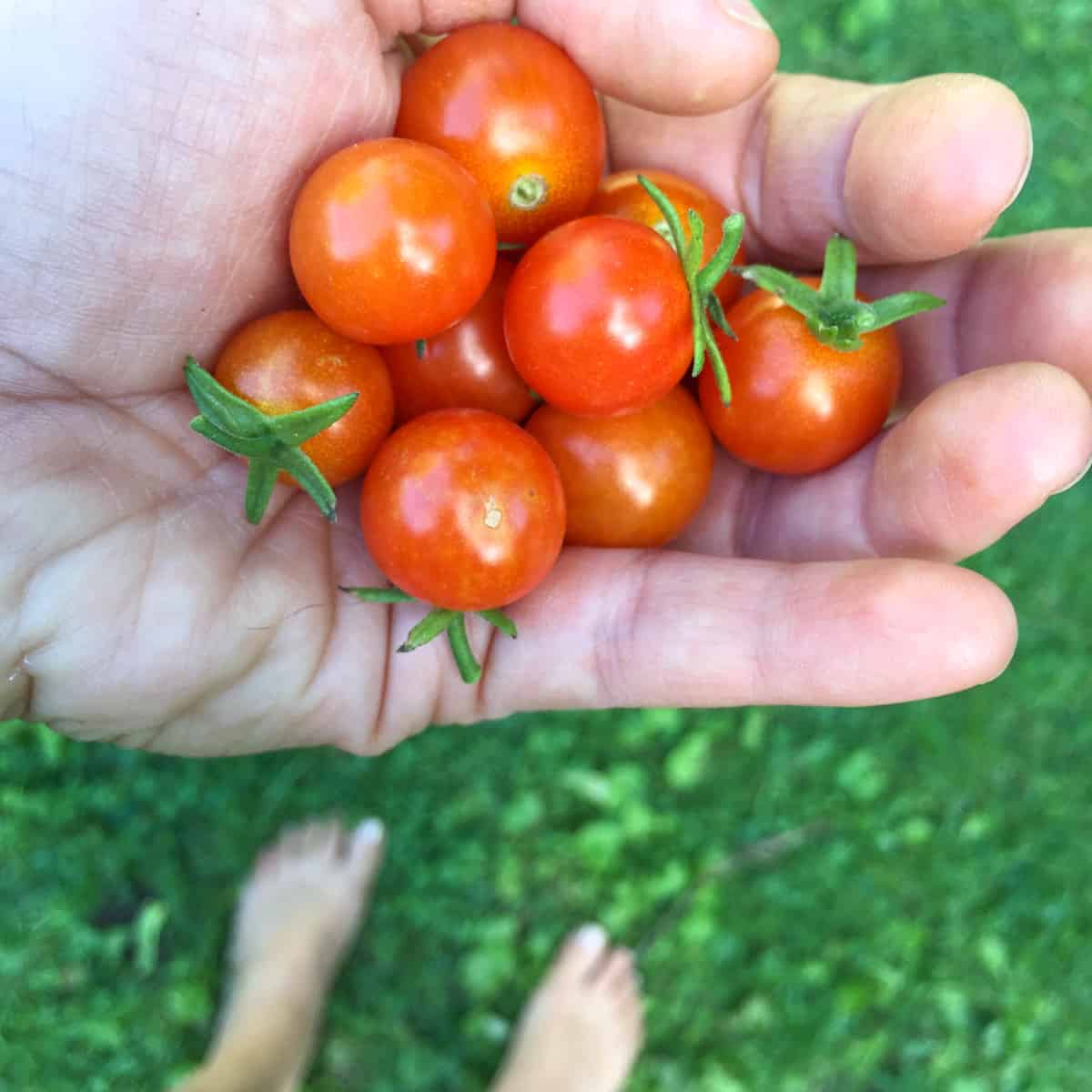
More harvests from my Square Foot Garden; (L) cherry tomatoes and (R) French breakfast radishes.
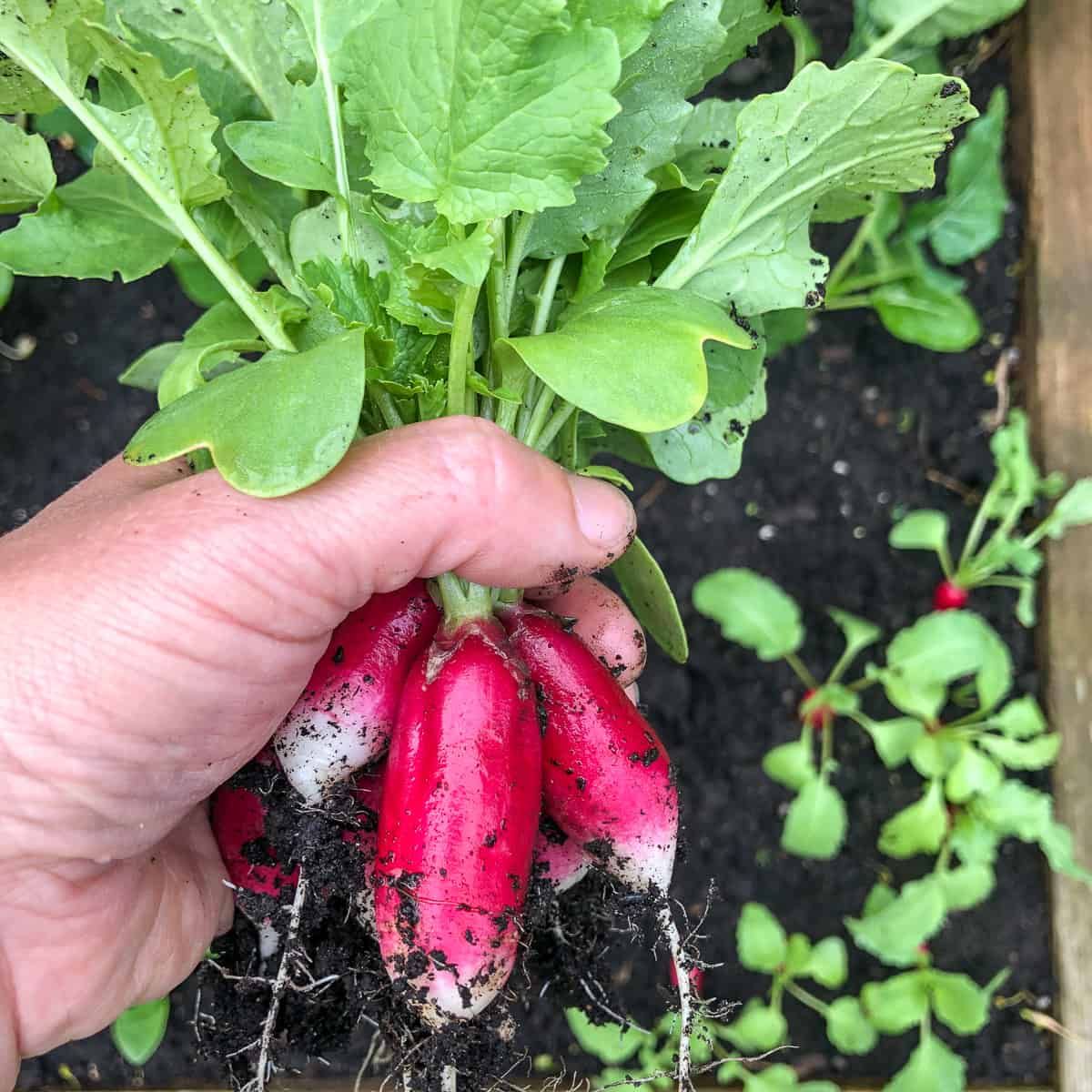
I often keep a bucket of clean water nearby so I can wash and eat some of my veggies right in the garden.
Each year, I am filled with amazement and gratitude at the bounty and generosity of my plants, and gardening using the SFG method has truly increased the overall quality of my life, in the feelings of connection to the soil, and the production of my own food. I may only produce a small fraction of what my family and I consume, but each growing season and each harvest is a true joy, giving me far more than the labour required. There is an undeniable magic in growing and eating plants that you have tended to, reared, and harvested with your own hands.
Interested in reading more about
Square Foot Gardening?
Read more in my Square Foot Gardening series:
Favourite resources
[Note: any of the methods, organizations, products, or companies mentioned in this post solely reflect my own personal preferences.]
Growing Things - Check out my ongoing series of posts detailing my journey into square foot gardening, and some of the herbs, fruits, and vegetables that I have grown.
Square Foot Gardening Foundation - Find out more about the method from the originators of this urban friendly and social justice oriented growing practice.
Seeds and seedlings
Farmacie Isolde - I adore this small scale seed vendor as much for the pleasure of reading their seed and plant descriptions as for the truly interesting and successful harvests I have been rewarded with from using their seeds. Favourite plantings in the past have included Golden Sweet Snow Pea, Romanesco Zucchini, Bear Necessities Kale, Cilician Parsley, and numerous unusual herbs.
Richters - If you love herbs, this place has the motherload. If you are ever in the neighbourhood or fancy a drive in the country, is it more than worth it to walk through their greenhouse and become acquainted with hundreds of types of herbs, many that you may have never even heard of. Their catalogue contains a huge range of herbal and medicinal seeds, as well as a selection of interesting vegetables and fruit seeds. They also sell plant starts which I have yet to try.
Urban Harvest - This local vendor carries organic seeds for vegetable gardening essentials and also produces plant starts in the spring.
West Coast Seeds - This Canadian vendor supplies a huge range of organic and heirloom seeds, as well as handy planting charts for zones across Canada. I look to this source for regular repeat plantings and new and interesting varieties to try each year. Favourite plantings in the past have included Masai Bush Beans, Mini Purple Daikon, Hakurei Turnip, Ethiopian Kale, and numerous other varieties.
Wheelbarrow Farm - An an organic vegetable farm in Ontario that sells fantastic organic seedlings each spring, directly from their farm and at various locations in and around the Toronto area.
Soil
Pure Life Soil - This soil vender in the GTA region (formerly Pagonis Soil) is where I have sourced my high quality organic soil mix since the beginning of my gardening journey. This soil was recommended to me by other growers when I got started, and I'm still using this soil regularly 9 years later and counting. If you aren't in the GTA area, you can still check out their soil mixes as a guide to searching for something similar in your region.
Working with Pure Life Soil has helped me to understand that healthy soil isn't just dirt—it's a thriving community of helpful microbes, fungi, and worms that work together to feed plants naturally and improve soil biology. I'm proud to use Pure Life Soil and be part of the growing movement that sees soil health as the foundation for better gardens, farms, and a healthier planet.
Community
Farmers Markets - A wonderful source of seedlings or plant starts for gardeners in the spring and summer. I’ve learned quite a bit about various crops and have been inspired to grow new varieties by chatting with farmers at my local market, one of over 180 across Ontario.
Toronto Urban Growers - a community oriented organization that supports the efforts of urban food farmers at whatever scale. They hold information events, showcases and local growing competitions which are fun to view and enter. Your town or city likely has a similar organization nearby.
Seed Saver organizations - there are dozens of grass roots seed saving organizations around the world where you can find, exchange, or donate heirloom seeds. Use this list as a starting point or simple google 'seed savers + your country of residence' to see what is available in your region.
Seeds of Diversity - This Canadian organization dedicated to the protection and preservation of heirloom and endangered food crops is a wonderful source of information for gardeners. They they also organize ‘Seedy Saturdays’, a series of events that facilitate seed swapping between home growers.
Wherever you live, seed swaps are a great place to get and give seeds for free, making it easier to diversify your crops, keep heirloom varieties alive, give back to your local growing communities, and make use of extra seeds so that they don’t go to waste. This organization also produces handy resources and information about saving seeds from your own garden.
Curious to learn more about growing things?
Read more about edible plants that you might enjoy in your garden:



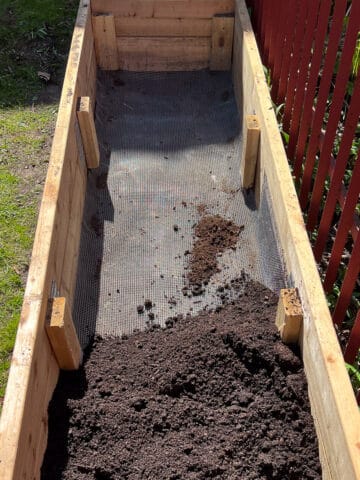

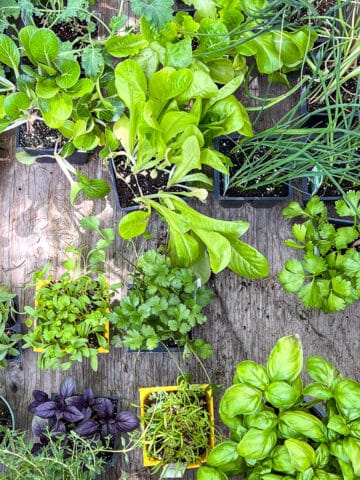
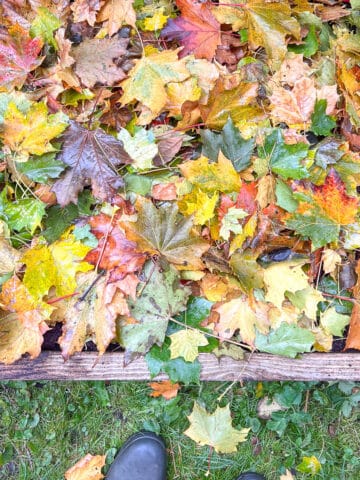
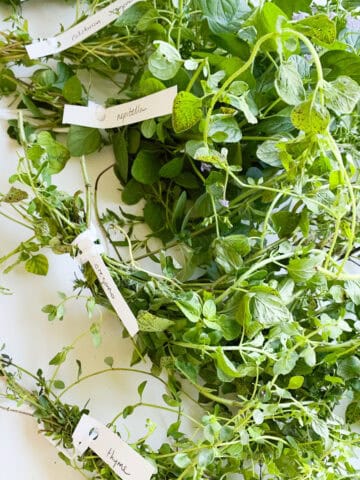
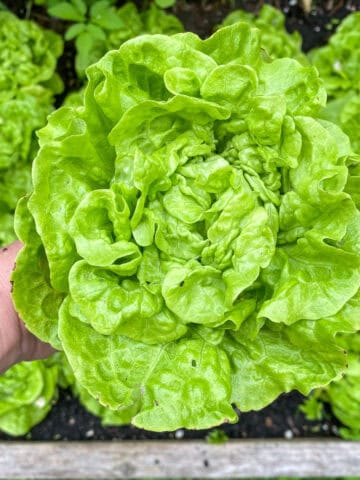
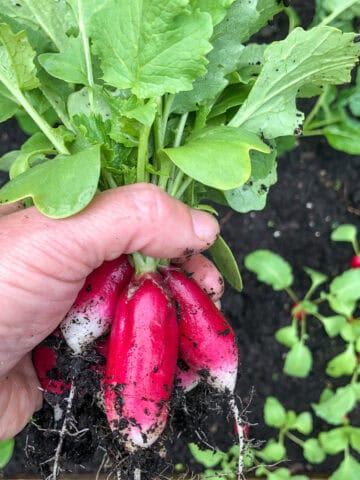
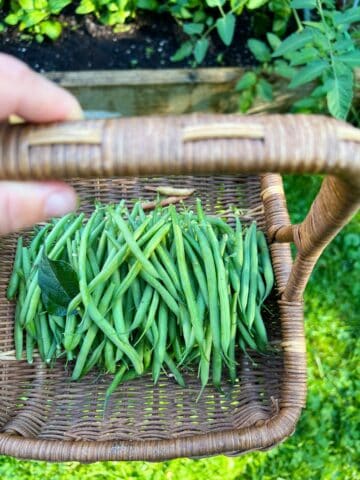
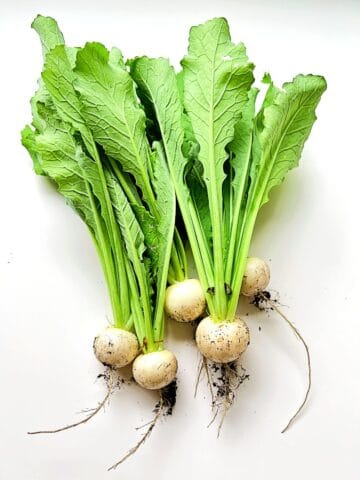

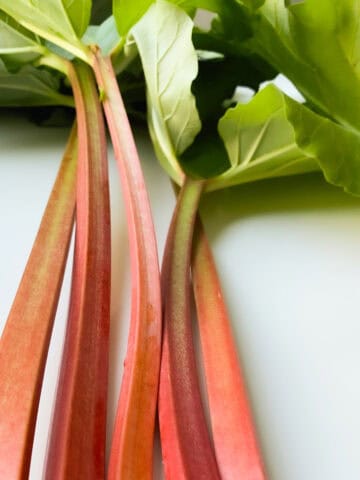
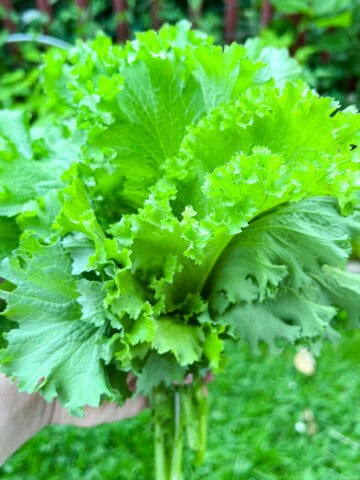
Leave a Reply